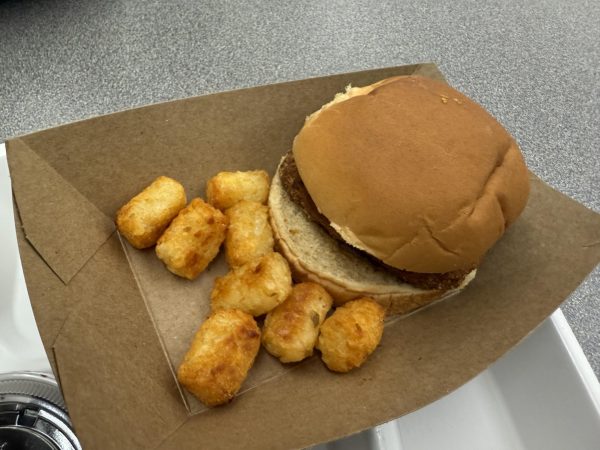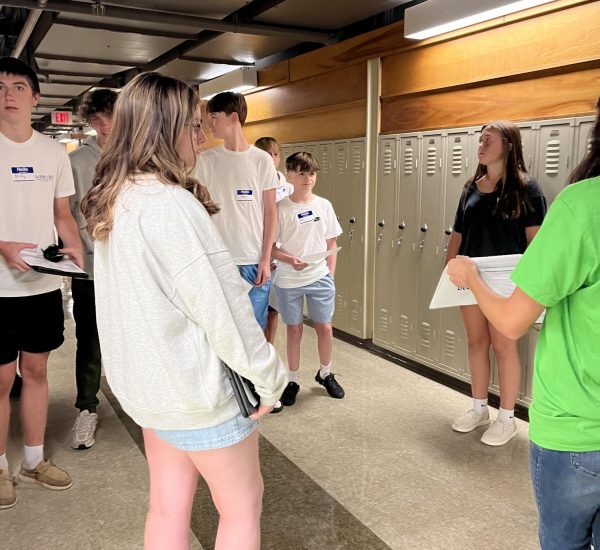Nasty Secrets Behind The Fast Fashion Industry
Did you know that the super cute bikini you just bought from Zaful was probably made by hundreds of kids in sweatshops? Or maybe even prisoners? I bet you didn’t. Why should it matter if it’s cute and cheap? Well, fast fashion has become detrimental to society.
Fast fashion, described by Thegoodtrade.com, is “a term used by fashion retailers to describe inexpensive designs that move quickly from the catwalk to stores to meet new trends.” However, the secrets behind fast fashion are more intense than many would think. Fast fashion is usually inexpensive clothes, produced cheaply, that get advertised as better quality than they are. Usually, people don’t mind the quality though because of the cheap price.
Many people don’t really know what goes into creating fast fashion. The reason why these clothes are so cheap and produced so quickly is because companies are using sweat shops, child labor, and prisoners to create these clothes. Fast Fashion workers are exploited and usually work in unethical conditions to make the labor costs low so that the price of the clothing can be affordable.
According to greenamerica.com, most of the people doing the labor in clothing factories are women and 95% of the management in countries like Bangladesh, Cambodia, Indonesia, and Sri Lurken are male. This leads to a hierarchy system among genders in the workplace, causing things like physical, mental, and sexual harm among a lot of women. Also, due to the fast pace of production and impossible deadlines, women can face a lot of stress. Gisele Burkhardt, director of FEMNET (African American Women’s development and Communication Network), even said that they specifically look to hire women because, “they are more docile and unwilling to organize or fight for better conditions and wages.”
However, women aren’t the only people being harmed in the fast fashion industry, kids are also being affected. International Labor Organization estated that 170 million minors are involved in child labor, and the majority work for places involving textiles. These child laborers are facing extremely dangerous working conditions, very long days, and extremely little pay. These kids are being seeked out, though, because of their small fingers and obedient behavior, making them easy to manage. So, these young kids are not only facing abuse and terrible work conditions at a young age, but they are also missing out on an education just to satisfy consumer needs.
Many people don’t even realize that some of their favorite brands are considered fast fashion and they’re unintentionally supporting the exploitation of these workers. Some of the most popular fast fashion brands include: Forever21, Topshop, H&M, Old Navy, GAP, Zara, Shein, and so many more. The list could probably go on forever. Consumers might not think that purchasing a $6 tank top from Forever21 is directly affecting these workers, especially if it’s one shirt. However, the constant buying from these brands means more clothes need to be produced, which goes back to the workers and the creation of the clothes. If everyone in the United States were to buy one shirt from Forever21 that would be 382 million shirts that need to be produced.
A way that consumers can avoid supporting these brands and the exploitation of their workers is by thrifting. Thrifting has become very popular over the last 5 or so years, as it’s no longer really seen as something that only people with a low income do. Fast fashion is about reproducing the same thing over and over to meet trends, however with thrifting people can find unique pieces for usually cheaper than fast fashion brands. Also, rather than a new piece of clothing having to be produced, clothes that are thrifted have been passed down, not requiring it to be made again. Thrifting is good for the environment and doesn’t harm people in the process.
So, next time shopping, go to buy a super cute outfit off of some of these major brands, maybe do a little research first because a little kid or woman in absolutely terrible work conditions might have to make it just to earn a tiny wage.

Angela Lombardo, class of 2021, is a journalist for The Oakmonitor. This is Lombardo’s first year as a part of The Oakmonitor, however, she has always...












